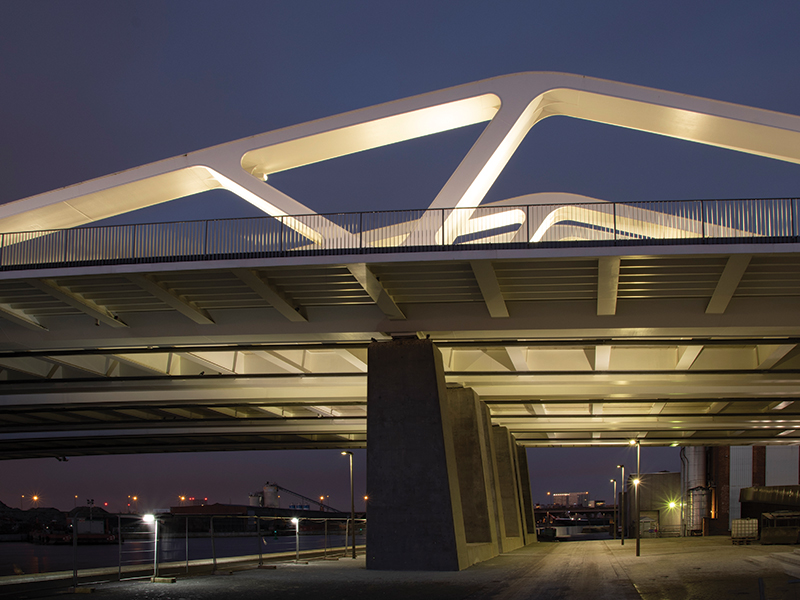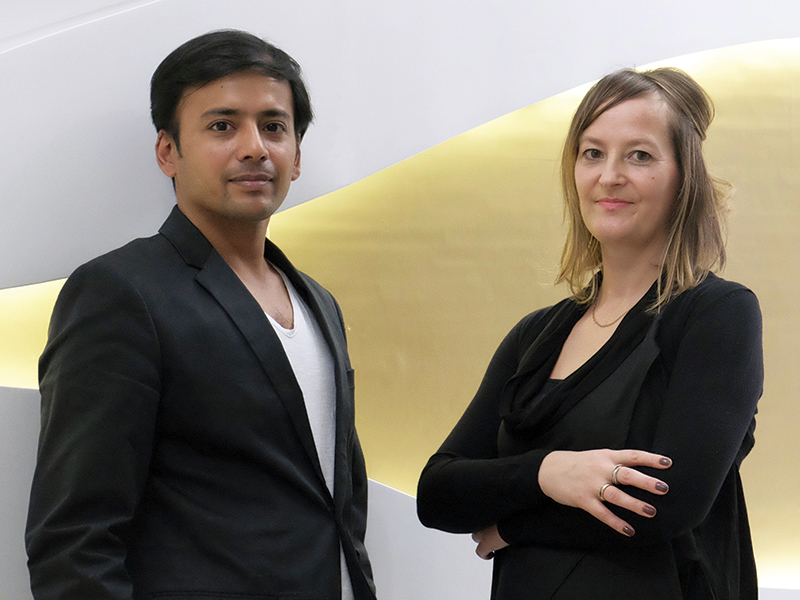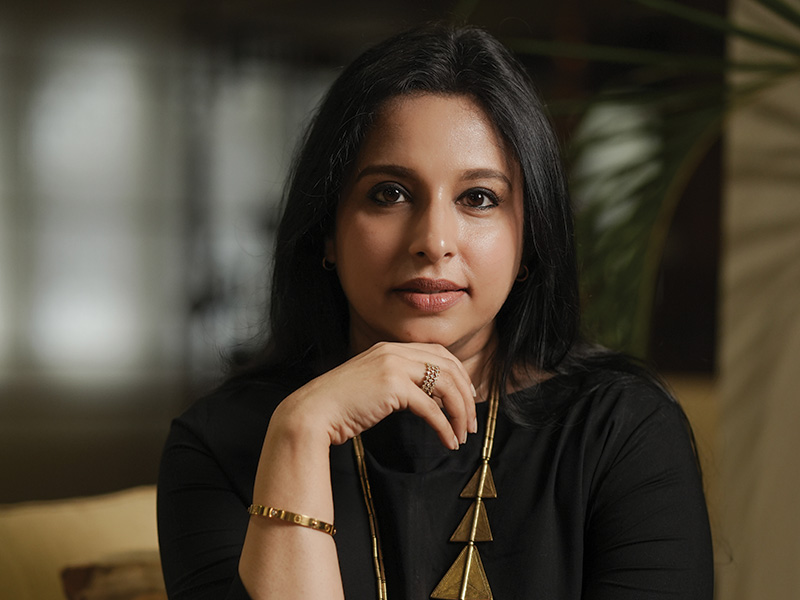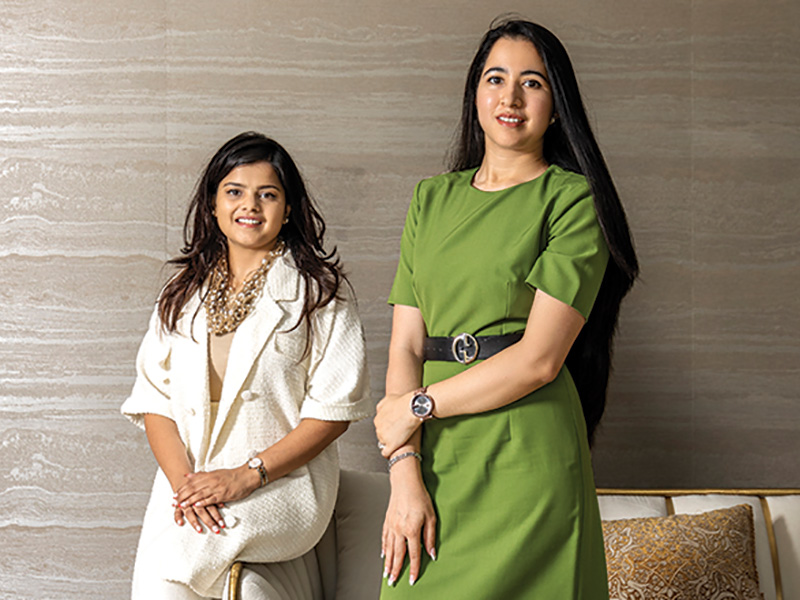
Over the past few decades, the ratio of women in the field of architecture and design has rapidly changed. More women are opting for these professions, and today, there are nearly as many women as men in architecture and design. In fact, with the increasing number of women taking up architecture and design courses, they may soon outnumber men.
In the past, architecture and interior design were seen as more suitable for men, as there is a lot of field or on-site work involved. However, women have risen to the occasion and proven that they too can excel in these fields. The challenges they face are like those faced by men and are therefore not necessarily gender specific. However, women may face additional challenges related to the multiple roles they play as wives and mothers.
With good support systems, women can thrive in their chosen professions. When her work speaks for itself, and she receives appreciation from clients and colleagues, gender becomes irrelevant. Ultimately, what matters is the quality of the work and the impact it has on the industry.
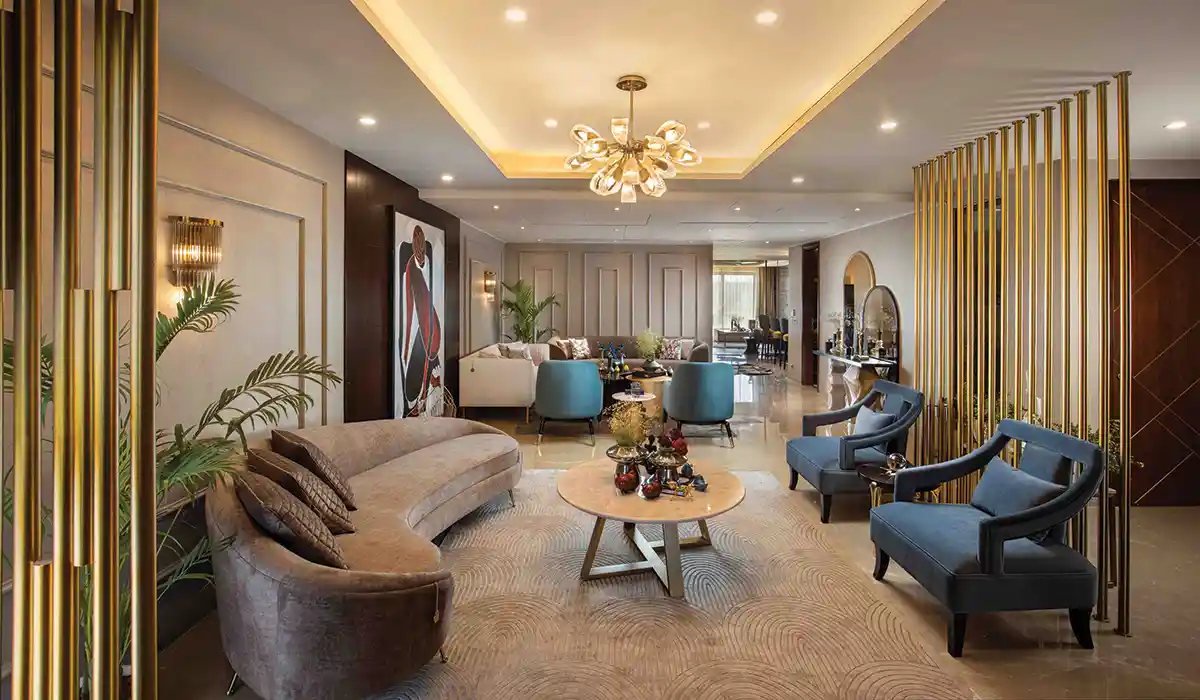
Women have demonstrated a great ability to adapt to changing technologies; in fact, technology and automation are impacting the performance of both men and women and are not specific to any particular gender or industry. It is important for all individuals to be open to learning new skills and reskilling themselves in order to keep up with the advancements being made in technology and to remain competitive.
For women considering a career in architecture and design, having a creative mindset along with the education qualifications and the necessary skills are necessary for exceling in the field of architecture and design. They must also have a professional approach, characterized by discipline, dedication, and a commitment to deadlines.
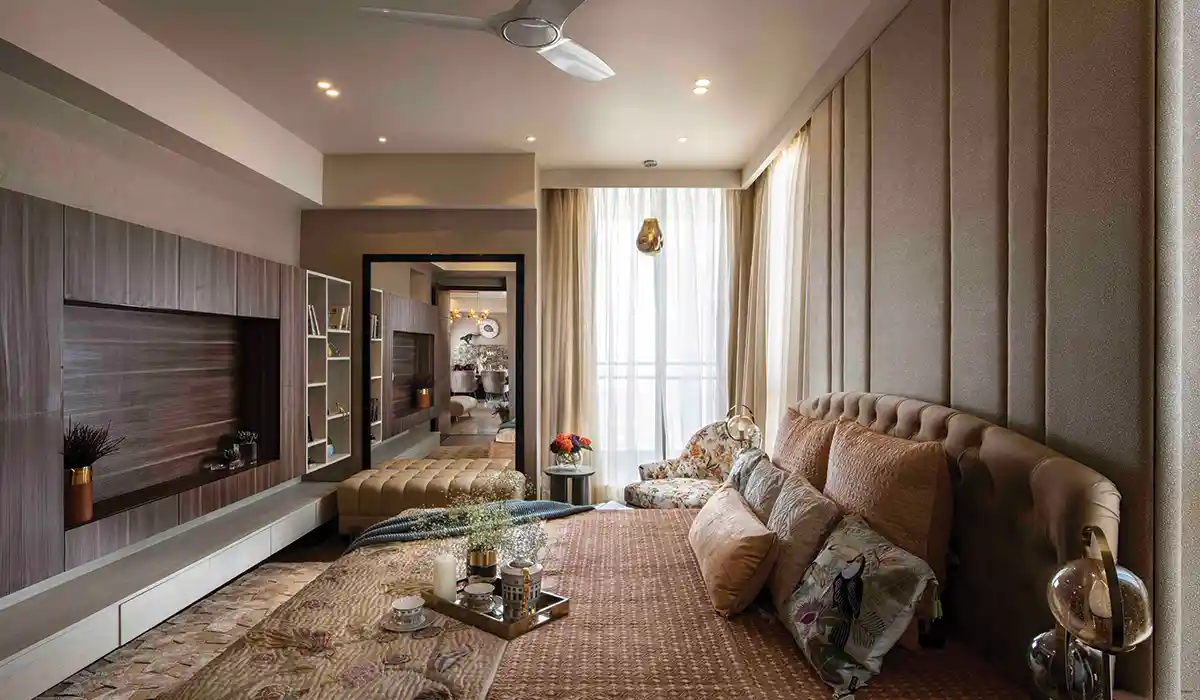
Ensuring equal pay, safety, better working conditions, and a hygienic work environment should be viewed as basic necessities rather than luxuries in every sector, including architecture and design. To achieve this, both the government and private companies must formulate policies and guidelines that prioritize the welfare of their workforce.
By implementing policies that promote gender equality, such as equal pay for equal work, companies can create a more inclusive and diverse work environment that benefits everyone. Ensuring workplace safety and providing access to necessary amenities and a hygienic working conditions, will create a conducive work environment that promotes productivity and well-being.




